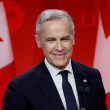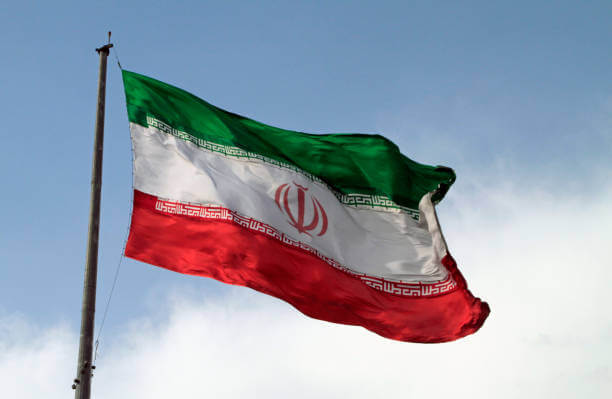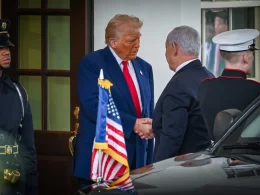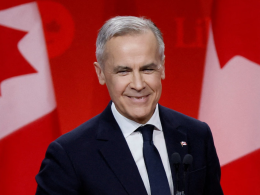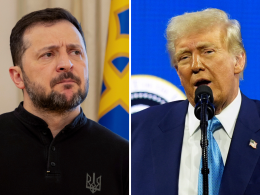Summary
1. Very Similar to the Old Deal
The goal of the new Iran nuclear deal is to mirror the previous objectives from the 2015 Obama-era deal between the United States and its European counterparts. The new impending agreement resembles the 2015 deal in that it tries to restrict Iran's uranium enrichment and other nuclear activities while also agreeing to lift sanctions against Iran's oil production and exportation.
Countries like Russia, China, Britain, France, Germany, and the European Union
(EU), all signatory to the 2015 nuclear agreement and are now hurrying to draft another accord with Iran before time runs out, making the agreement void.
2. Tries to Suspend Uranium Enrichment
The original 2015 Joint Comprehensive Plan of Action (JCPOA) under the Obama
Administration tried to prohibit Iran from enriching its uranium stockpile at 3.67 percent fissile
purity in 15 years. Today, however, Iran has boosted its uranium stockpile to 60 percent, which is the necessary amount needed to create a nuclear warhead. The new agreement explicitly states that Iran will return its enrichment activities of nuclear fissile to 3.67 percent, which will be difficult to enforce by U.S. and European diplomats.
3. Unfreezes Iran's Monetary Assets
Like the 2015 deal, the new proposed agreement would unfreeze the Iran regime’s financial assets in European and Asian banks in exchange for halting nuclear enrichment and other nuclear activities.
U.S. officials such as Robert Malley, the head negotiator for this new agreement, have also stated that the regime can have its financial assets unfrozen in other foreign banks if the government frees Western political prisoners in their jails. If these overseas assets were to be unfrozen as stipulated by the agreement, it would most likely mean that the Iranian government could finance terrorist groups like Hezbollah and Hamas.
4. Grants Oil Wavers on Iran’s Oil Exports
Instead of lifting sanctions on Iranian oil production, the U.S. will grant waivers on Iranian oil exports. The Biden Administration is basing its move on the previous actions of the Obama and Trump administrations, which issued and renewed two to three-month sanction waivers on Iran's oil exports while adhering to the 2015 nuclear agreement.
In 2019, the Trump administration exited the 2015 JCPOA and completely removed the sanction waivers, preventing Iranian oil from being sold and exported.
5. No Face-to-Face Meetings
Ever since the Biden Administration formally announced it would be restarting nuclear talks
with Iran, the Iranian government and its officials have refused to meet with the U.S. face-to-face to discuss a new agreement. Iran's refusal to meet with the U.S. today is entirely different from its actions six years ago when Foreign Minister Mohammad Javad Zarif and others in the Iran delegation met with John Kerry to begin talks. Instead, the Iranian officials have met with European and Russian officials to discuss new terms.




